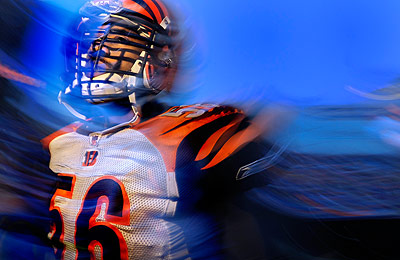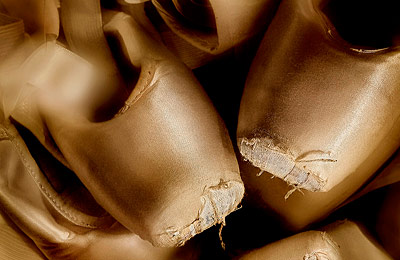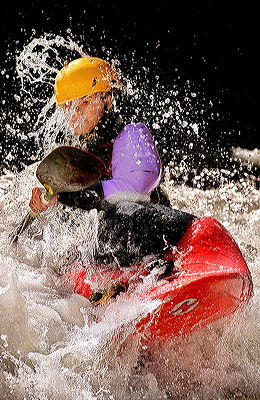Workshop at the Ranch – January 2007 – Answers to Popular Questions
![]() Hi and welcome to this edition of Workshop at the Ranch. Many of the questions from readers of Workshop at the Ranch during 2006 had to do with three topics … two techniques of lighting, that being location lighting using Nikon’s SB800 Speedlight system, Lightpainting and my teaching calendar of workshops. With these three things in mind let’s answer some questions and take a look back from Workshop at the Ranch at the year of 2006 ………….
Hi and welcome to this edition of Workshop at the Ranch. Many of the questions from readers of Workshop at the Ranch during 2006 had to do with three topics … two techniques of lighting, that being location lighting using Nikon’s SB800 Speedlight system, Lightpainting and my teaching calendar of workshops. With these three things in mind let’s answer some questions and take a look back from Workshop at the Ranch at the year of 2006 ………….
Hi and welcome to this edition of Workshop at the Ranch. Many of the questions from readers of Workshop at the Ranch during 2006 had to do with three topics … two techniques of lighting, that being location lighting using Nikon’s SB800 Speedlight system, Lightpainting and my teaching calendar of workshops. With these three things in mind let’s answer some questions and take a look back from Workshop at the Ranch at the year of 2006 ………….
| Question #1 ….. Where do you teach your workshops? |
|
|
| Question #2 ….. What brand of strobes do you use for location work outdoors and why? |
|
|
| Question #3 ….. What is the “Moody Blue Formula” ? |
 Image #3 Bengal Glory … In this image I used the two SB800s in Tandem, a cool WB setting in combination with the warming gels that come standard with the Speedlights and shot at a slow shutter speed in an effort to create a very stylized image. Nikon D2Xs, ISO100, 1/13 at f10, Nikon 12-24mm Lens, WB 3700K, SU800 Commander and 2 SB800s in Tandem with Power Output of +2, Lexar 4G Flash Card. These last two images are good examples of the versatility of the SB800 Speedlight system and my use of what I call the ” Moody Blue Formula ” of cool WB and Warming Gels (see February 2006 Workshop at the Ranch). Image #3 Bengal Glory … In this image I used the two SB800s in Tandem, a cool WB setting in combination with the warming gels that come standard with the Speedlights and shot at a slow shutter speed in an effort to create a very stylized image. Nikon D2Xs, ISO100, 1/13 at f10, Nikon 12-24mm Lens, WB 3700K, SU800 Commander and 2 SB800s in Tandem with Power Output of +2, Lexar 4G Flash Card. These last two images are good examples of the versatility of the SB800 Speedlight system and my use of what I call the ” Moody Blue Formula ” of cool WB and Warming Gels (see February 2006 Workshop at the Ranch). |
| Question #4 ….. Why is it best to start small when Lightpainting? |
 Image #4 Toe Shoes … My Lightpainting became an important part of my business during 2006. Not only did I teach Lightpainting at many of the workshops I was involved with but had clients who hired me for the specific purpose of producing Lightpainted images. I have found it best to start with small table top setup subjects when learning Lightpainting. It can be overwhelming when learning a new technique to begin with a larger than life subject. Master the concept of Lightpainting with something small and then work your way up to larger subjects and landscapes. I still view my Lightpainting as a very artistic endeavor but found it challenging in 2006 to have editorial assignments featuring Lightpainting. Nikon D2Xs, ISO100, 2 Minutes at f11, Nikon MC-20 Electronic Cable Release, Nikon 17-55mm Lens, WB Fluorescent, Stylus Steamlight with an orange gel, Gitzo Carbon Fiber Tripod, SLIK Super Ball Head, Lexar 4G Flash Card. Image #4 Toe Shoes … My Lightpainting became an important part of my business during 2006. Not only did I teach Lightpainting at many of the workshops I was involved with but had clients who hired me for the specific purpose of producing Lightpainted images. I have found it best to start with small table top setup subjects when learning Lightpainting. It can be overwhelming when learning a new technique to begin with a larger than life subject. Master the concept of Lightpainting with something small and then work your way up to larger subjects and landscapes. I still view my Lightpainting as a very artistic endeavor but found it challenging in 2006 to have editorial assignments featuring Lightpainting. Nikon D2Xs, ISO100, 2 Minutes at f11, Nikon MC-20 Electronic Cable Release, Nikon 17-55mm Lens, WB Fluorescent, Stylus Steamlight with an orange gel, Gitzo Carbon Fiber Tripod, SLIK Super Ball Head, Lexar 4G Flash Card. |
| Question #5 ….. What kind of light do you use for the big Lightpaintings and where do you buy them? |

Image #5 View from Central Park … This Lightpainting was a real surprise for me. I wasn’t sure it could be done but wanted to find out if it was possible to Lightpaint in New York City …….. and it worked! I positioned myself inside Central Park were I could see some fall colors and the San Remo Building …. and the rest is, as they say, history. Nikon D2Xs, ISO200, 30 Seconds at f5.6, Nikon 17-55mm Lens, WB 5600K, Two Brinkmann Q Beam 2 million candle Spot Lights, Gitzo Carbon Fiber Tripod, SLIK Super Ball Head, Lexar 4G Flash Card. I set the exposure for the sky and silhouetted the building and the trees ….. then, just add Lightpainting. I have used several brands of 2 million candle powered spot lights over the years. Lately I have been using the Brinkmann Q Beam. It is light, powerful, has an easy to load rechargeable battery cell and has a slightly warmer White Balance than true daylight …….. which I like. The Brinkmann Q Beam costs about $40 and can be found at Wal Mart.
|
Well, … there you have some of the years most popular questions and answers for 2006. Teaching workshops, SB800 Speedlights and Lightpainting were the major themes of Workshop at the Ranch articles during 2006. If you would like to learn more about these lighting techniques and other topics just “click” Workshop at the Ranch and scroll through the monthly articles …………… Until next month from Workshop at the Ranch…………. Adios, Dave




